Embarking on the thrilling adventure of skiing requires more than just enthusiasm. It demands the right gear to conquer the slopes safely and with style. In this guide, we’ll help you understand skiing equipment by answering the question: What do you need? Join us as we break down the essentials and empower you in your quest for the ultimate skiing experience!
The Essentials
Having a great time skiing depends on understanding the basics of the necessary equipment. Let’s delve into the key components that form the backbone of your skiing adventure.
Skis
At the heart of any skiing escapade are the skis themselves. Understanding the types of skis and their purposes is crucial. The right pair of skis can make all the difference. This applies whether you’re carving down groomed trails or tackling powder.
All-mountain skis are versatile and suitable for various terrains. Carving skis prioritise precision and agility on groomed slopes. Meanwhile, powder skis offer enhanced flotation for deep snow. Freestyle skis are designed for tricks and jumps in terrain parks. In contrast, backcountry skis cater to off-piste exploration. The right type ensures the optimal performance for your skiing style and surroundings.
Equally important is selecting the length and style tailored to your skill level. A beginner might benefit from shorter, more manoeuvrable skis. Meanwhile, advanced skiers may opt for longer models designed for speed and stability.
Bindings
Bindings play a vital role in the safety and performance of your skiing endeavours. Properly fitted bindings ensure a secure connection between your boots and skis. This also prevents unwanted releases and potential accidents.
Adjusting bindings is crucial for different terrains and skiing styles. Regular checks and tweaks improve safety and enhance your overall skiing experience.
Boots
Selecting the right ski boots is a cornerstone of comfort and support. Ski boots should provide a snug fit without causing discomfort. Understand proper fitting techniques and explore customisation options, such as heat moulding. These techniques enable you to tailor your boots to the unique contours of your feet. The right boots enhance your control over the skis. Moreover, they contribute significantly to a pleasurable and pain-free skiing adventure.
Protective Gear
Ensuring a safe skiing experience involves prioritising essential protective gear. Let’s explore the significance of key safety equipment:
Helmet
Wearing a helmet is a non-negotiable aspect of skiing safety. Beyond safeguarding against head injuries, helmets instil confidence on the slopes. To maximise its effectiveness, find the right helmet size. Do so by measuring your head’s circumference above the eyebrows. A snug fit without discomfort ensures optimal performance and protection.
Goggles
Protecting your eyes from the elements is vital for an unhindered skiing experience. Goggles shield against the sun’s glare, biting winds, and snowfall. Wearing one offers enhanced visibility on the slopes.
Choosing goggles tailored to weather conditions is crucial. Opt for tinted lenses in bright conditions and clear. Or consider low-light lenses for overcast days, ensuring the optimal vision and eye protection.
Gloves/Mittens
Keep your hands warm and dry to maintain flexibility and avoid discomfort. When selecting gloves or mittens, consider materials that offer insulation and water resistance. Insulated gloves with breathable materials, like softshell fabrics, strike a balance. The design provides the needed warmth without causing excessive sweating. Also, ensure a proper fit to maintain flexibility while keeping cold and moisture at bay.
Investing in these protective gears is paramount for secure and enjoyable skiing. Protect yourself from potential risks while revelling in the thrill of the slopes!
Clothing
To stay warm and flexible on the slopes, it’s crucial to know how to layer your clothing. Layering keeps you warm and lets you adapt to changing temperatures all day. Start with a moisture-wicking base layer to keep sweat away from your skin. Add an insulating layer, such as fleece or down, for warmth. Finish with a waterproof and windproof outer layer to protect against the elements.
For jackets and pants, prioritise waterproof and breathable materials for optimal comfort. These fabrics shield you from snow and moisture while letting perspiration escape. Choose a jacket and pants with the right fit and style. That way, your clothing can offer ease of movement without sacrificing protection. Adjustable features, like cuffs and hoods, enhance versatility.
Accessories
To enhance your skiing experience, focus on these often-overlooked additional items:
Ski socks
Often underestimated, the significance of ski socks cannot be overstated. Opt for socks made from moisture-wicking materials like merino wool or synthetic blends. Consider the thickness to provide insulation without compromising the fit within your boots. Avoid common issues like wrinkles and folds. Otherwise, these can lead to discomfort and impact your control on the slopes. Well-chosen ski socks contribute to overall foot comfort. They allow you to focus on the thrill of skiing rather than on potential discomfort.
Poles
Ski poles may seem straightforward. Yet, choosing the right length and material can significantly impact your skiing experience. The correct pole length is typically measured from the top grip to the basket. This aids in balance and proper body positioning. Consider lightweight and durable materials, such as aluminium or carbon fibre. Regardless, both can offer optimal performance.
Poles aren’t just for propulsion. They also assist in turning and maintaining stability on varied terrains. Investing in the right pair enhances your overall skiing control and manoeuvrability.
Knee brace
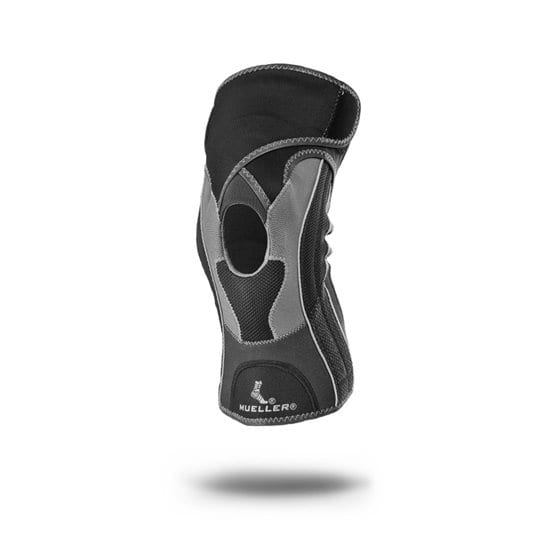
For skiers, knee braces stand as crucial accessories. These sports braces offer a dual benefit of injury prevention and enhanced performance. The dynamic nature of skiing involves constant knee movement. This also translates to potential stress on the joints.
Knee braces provide stability and support to mitigate the risk of injuries. By offering compression and reinforcement, they help prevent common skiing-related issues. Additionally, they contribute to enhanced performance. Wearing them helps reduce fatigue and provides added confidence in movement.
Check out our comprehensive guide on knee braces for skiing for more information!
Round-up
To sum up, having the right skiing gear is crucial for a safe and exciting time on the slopes. Whether it’s skis, bindings, protective gear, or attire, every detail matters. Take the time to understand and acquire the appropriate gear. That way, you can confidently enjoy your unique skiing journey. Now, get ready, head to the slopes, and let the adventure begin!
Seeking additional gear protection? Explore our selection of sports supports, featuring knee supports, at Physioroom. Up next on your reading list: How to Wear a Knee Brace While Skiing


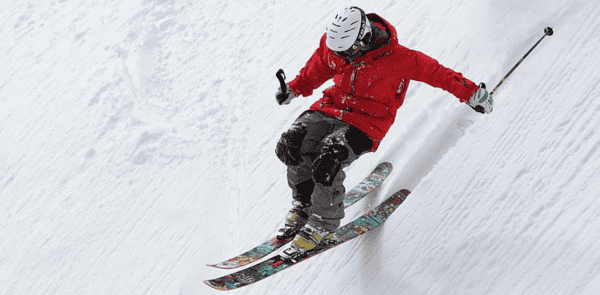
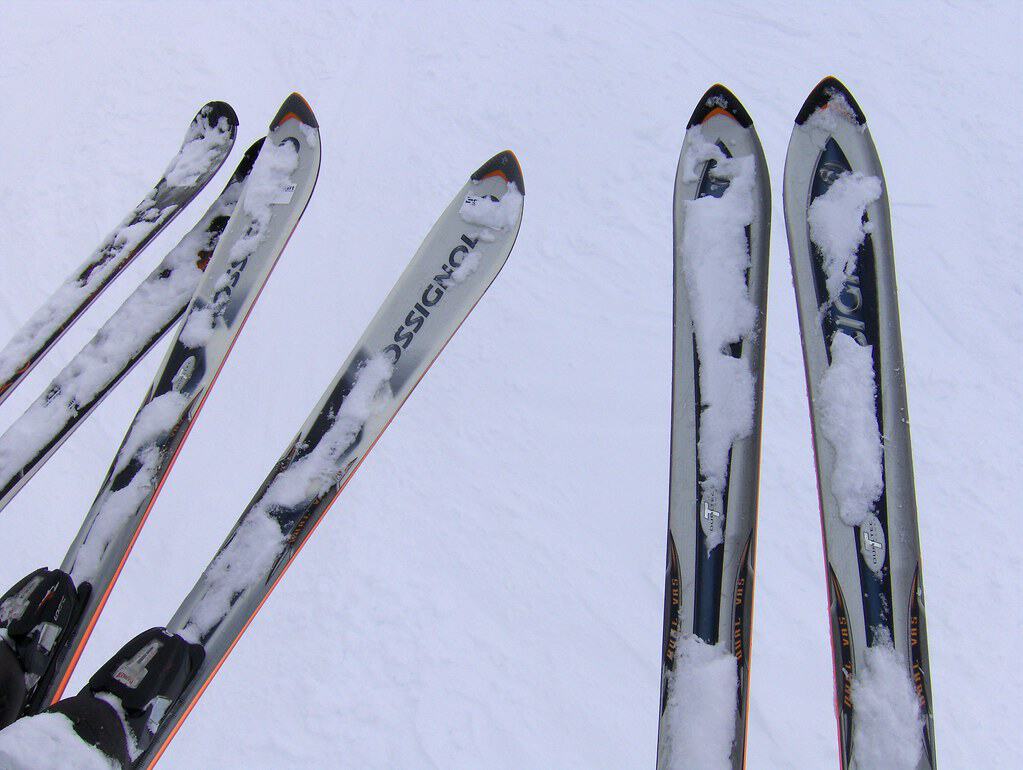 (
( (
(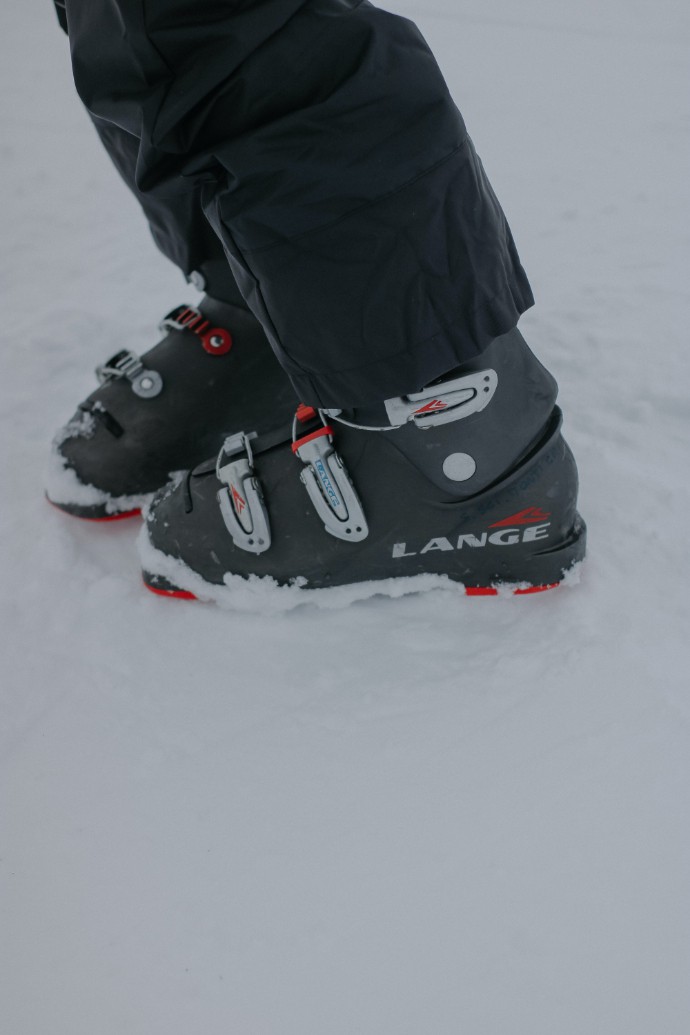 (
(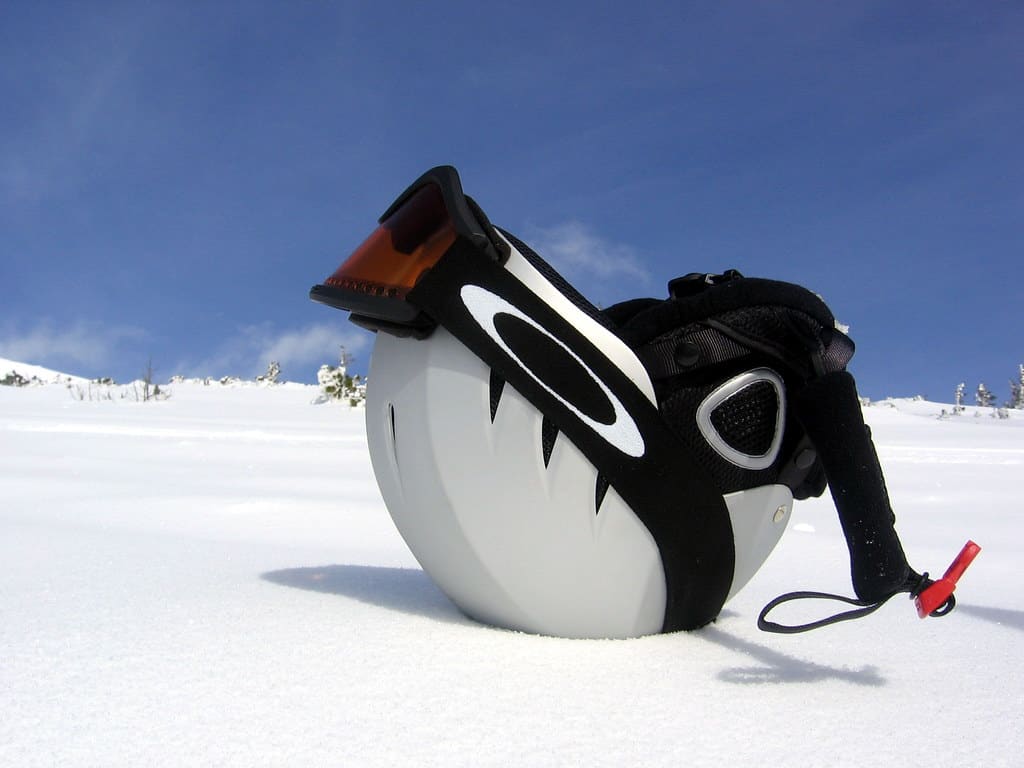 (
(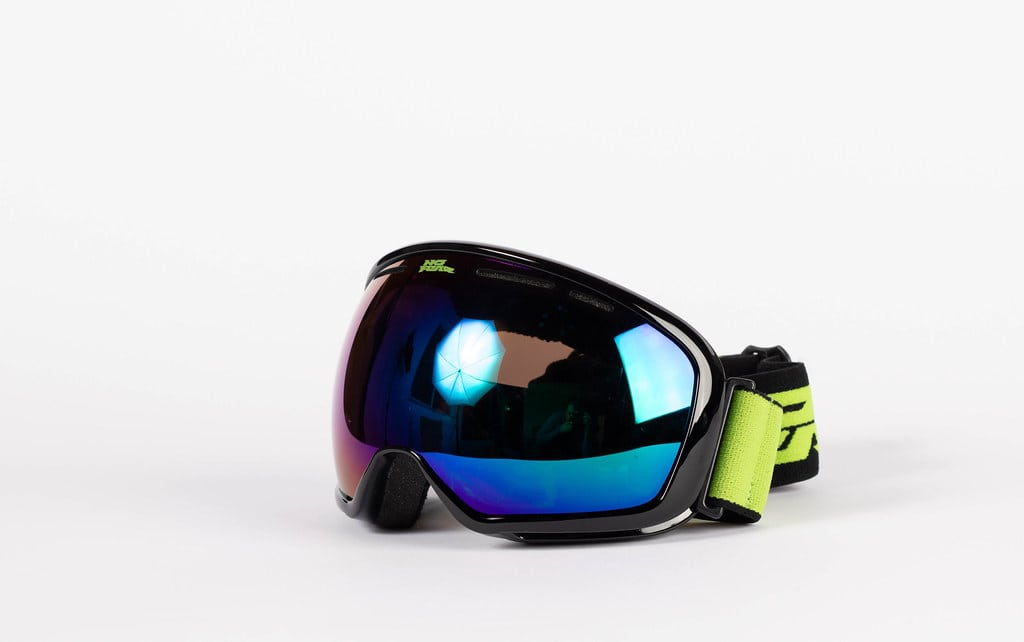 (
(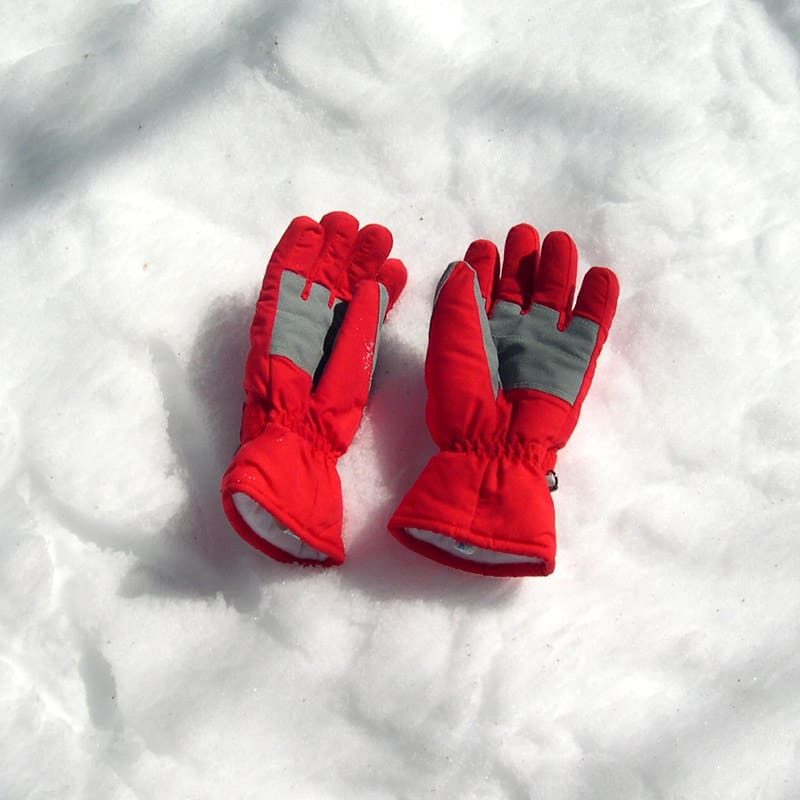 (
(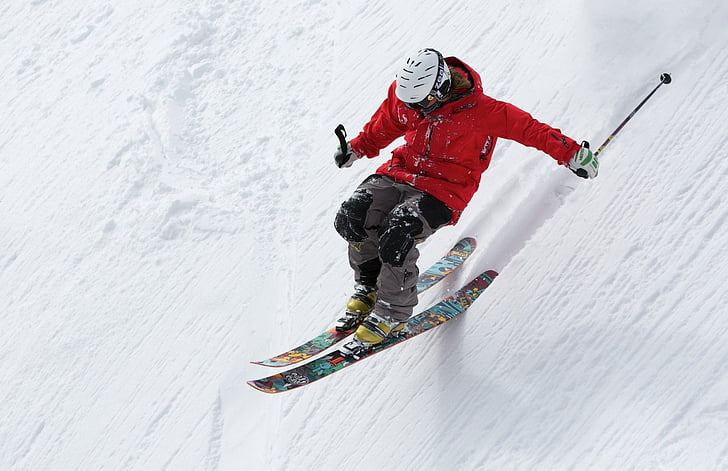 (
(